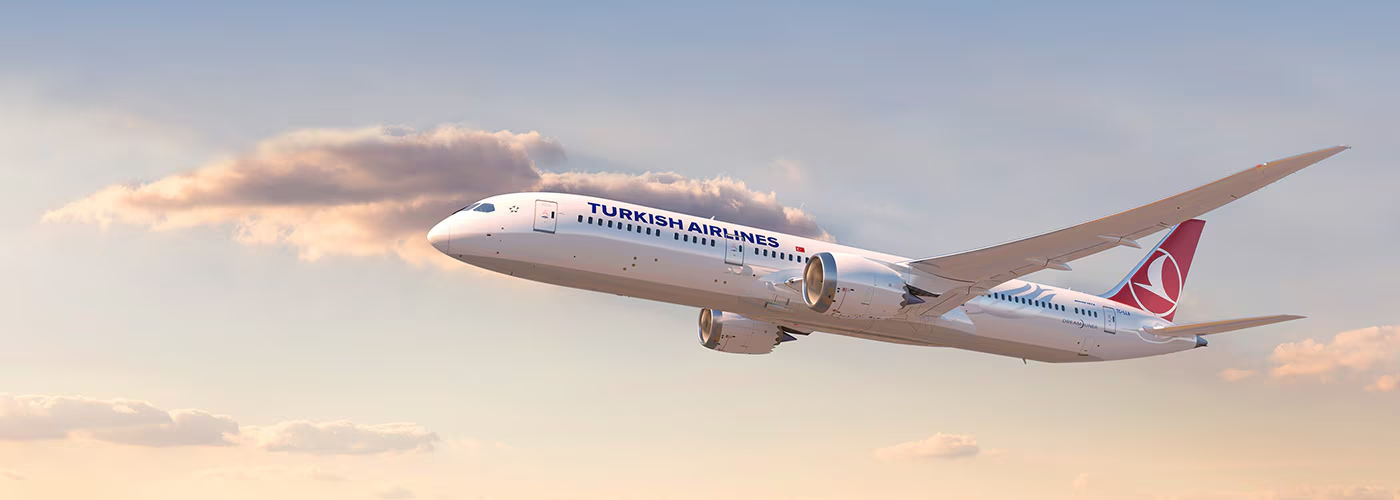Why “No Smoking” Signs and Ashtrays Still Exist on Modern Aircraft?
Air travel has seen a significant evolution over the years, yet one feature that remains unchanged is the illuminated “No Smoking” signs on aircraft. Although smoking on commercial flights was banned long ago, passengers today are still greeted by these signs. You may wonder why airlines continue this practice. This article explores the reasons behind these signs and why ashtrays are still part of aircraft interiors.
Decades after smoking bans on flights, the presence of “No Smoking” signs and ashtrays might seem puzzling. Here’s why they persist in modern aviation:
Older Aircraft Retain “No Smoking” Signs

The lifespan of commercial jets can stretch over twenty years, meaning many planes from the era when smoking signs were mandatory are still in service. In the United States and Europe, regulations once required that aircraft display an illuminated “No Smoking” sign visible to all passengers. Some newer aircraft have replaced these with “Turn Off Electronic Devices” signs, but a majority still include the classic “No Smoking” notice, even though it may no longer be a regulatory requirement.
Moreover, most new planes are still outfitted with “No Smoking” signs as standard equipment for additional reasons outlined below.

Fire Safety: Reducing the Risk of Onboard Fires
One of the gravest emergencies in aviation is an in-flight fire, and smoking is a known fire hazard. A lit cigarette can accidentally ignite cabin materials, posing a severe safety risk. Even a simple “No Smoking” sign can act as a deterrent to passengers who may otherwise light up. Thus, maintaining these signs is part of proactive fire prevention.
On May 19, 2016, EgyptAir Flight MS804, a routine inbound flight operated by a 13-year-old Airbus A320-232, departed from Charles de Gaulle Airport (CDG) in Paris, bound for Cairo International Airport (CAI). Tragically, the aircraft never reached its destination. All passengers and crew on board lost their lives when the plane crashed into the Mediterranean Sea, south of Crete.
According to France’s Bureau of Enquiry and Analysis for Civil Aviation Safety (BEA), the cause of the disaster was traced to an onboard fire, which investigators believe was ignited when one of the pilots lit a cigarette in the cockpit.
You can read the full story of MS804 here.
Catering to New Travelers

While frequent flyers might take the smoking ban for granted, many people worldwide are new to air travel. For these first-time or occasional travelers, especially from regions where smoking in confined spaces is common, “No Smoking” signs serve as an essential reminder that smoking is prohibited on board.
Cultural Sensitivity and Awareness
In some cultures, smoking in enclosed areas is widely accepted, creating potential misunderstandings for international passengers. Aircraft are often required to operate globally, meaning they must consider the varying norms regarding smoking. Maintaining “No Smoking” signage helps airlines adhere to universally accepted safety practices, providing clear guidance to all passengers, regardless of cultural background.
Private and VIP Operations
Though smoking on commercial passenger jets is banned, private jets and VIP charter flights may allow smoking under specific conditions, such as when the plane is not refueling. Because large commercial aircraft are occasionally used for VIP services, no-smoking indicators are essential to inform passengers when smoking is and isn’t permitted.
The Role of Ashtrays on Modern Aircraft

Ashtrays on airplanes are another seemingly outdated feature, yet they continue to serve a crucial function.
Ashtrays in Aircraft Toilets
While smoking is prohibited on commercial flights, regulations require ashtrays in lavatories as a precaution. If a passenger decides to break the rules and smokes in the bathroom, an ashtray provides a safe place to extinguish and dispose of the cigarette. Without an ashtray, a cigarette may be tossed into the trash bin, which could contain flammable materials such as paper towels. Thus, ashtrays act as a last line of defense against potential in-flight fires.

The European Aviation Safety Agency (EASA) has suggested making ashtrays optional, reasoning that modern travelers widely understand the ban on smoking. However, some believe that visible ashtrays might imply it’s acceptable to smoke in certain parts of the plane, especially in bathrooms, complicating enforcement of the ban.
Legal Consequences of Smoking on Flights
In Western countries, smoking on a commercial flight is illegal. Airlines have strict policies against it, and those caught can face substantial fines, up to $25,000 in the United States, along with potential flight bans by the airline. This legal approach reinforces the importance of compliance, ensuring that smoking is deterred to safeguard all passengers.
Sources:
- Flight Deck Friend
- Featured image by István
Youssef Yahya is the CEO and Founder of Aviation for Aviators, a platform dedicated to the aviation industry. With over 3 years of experience as an aviation writer, Youssef is passionate about sharing his insights on aviation, entrepreneurship, and the broader business landscape. As a Teaching Assistant in Entrepreneurship at Nile University, he also nurtures the next generation of entrepreneurs. When he’s not exploring the skies or business ventures, you can find him saying, ‘Drag your coffee, and let’s talk aviation, entrepreneurship, and football.’
You might also like:
- What did COVID-19 pandemic do to Airbus. ( Financially )
- Airbus Unveils New Automated A321XLR Equipping Hangar in Hamburg
- Emirates SkyCargo Strengthens Fleet with Boeing 747-400 Freighters
- The Antonov AN255 helping to fight the Corona virus pandemic
- UK to change extradition deal with the Government of US
Discover more from Aviation for Aviators
Subscribe to get the latest posts sent to your email.














Post Comment